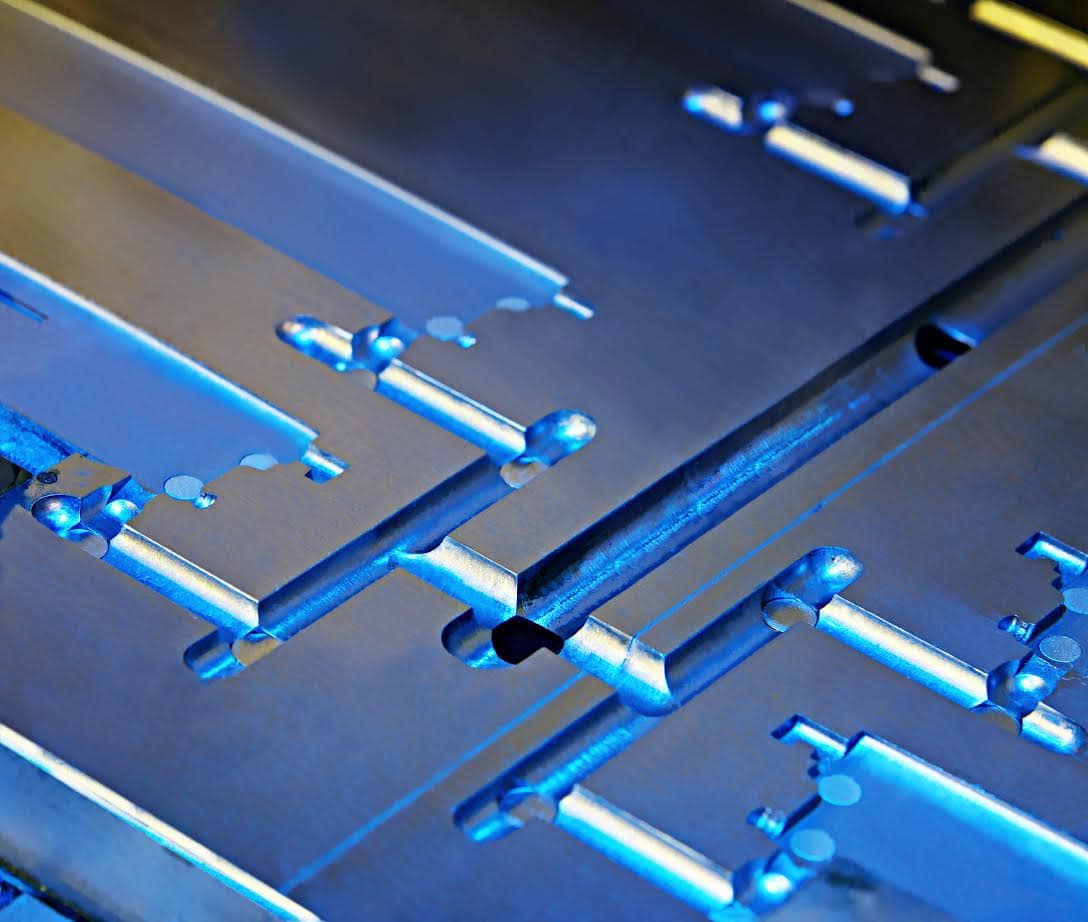Bespoke inject molding is a transformative manufacturing process that allows for the manufacture of intricate plastic parts designed for particular uses. This method includes forcing liquid plastic into a meticulously engineered cast, which cools and solidifies to create the intended form. As industries continue to evolve, the demand for customized solutions that meet unique specifications has boosted the popularity of bespoke injection molding. It provides not only productivity but also the potential to create high volumes of items with remarkable exactness.
Grasping the tailored inject molding method is crucial for organizations seeking to optimize their production capabilities. From the initial conceptual phase to the concluding production, each stage plays a key role in ensuring the quality and performance of the finished item. By harnessing state-of-the-art technologies and proficient craftsmanship, custom injection-molding has become a cornerstone in production, enabling organizations to develop and provide personalized offerings to fulfill the constantly evolving market needs.

Design Considerations
When a custom injection molding project, the primary action involves careful consideration of the design of the part. The intricacy of the part plays a crucial role in establishing how efficiently it can be manufactured. Simple designs are easier and more cost-effective to fabricate, while complex geometries may require higher-level tooling and methods. It is essential to evaluate the design for elements such as thickness, draft angles, and curvatures, as these considerations can materially impact the production of the end product.
Choosing materials is also important aspect of the design phase. Different materials display distinct properties, such as strength, flexibility, and heat resistance, which can impact the functional operation of the finished components. It is crucial to synchronize the material selection with the specific use of the product. Additionally, grasping the material's flow behavior during the molding process can aid in enhancing the design for efficient production.
Lastly, the addition of features that facilitate production efficiency should not be overlooked. Factors such as alignment pins, ejector pins, and vent features are important for reducing cycle times and minimizing defects. Collaborating with skilled engineers during the design phase can aid spot potential challenges and apply solutions that improve manufacturability, ultimately leading to a more successful custom injection molding project.
Molding Process Steps
This custom injection molding procedure begins by a design stage, where a component gets conceptualized and specs are established. Computer-Aided Design (CAD) software is commonly employed for create an comprehensive blueprint which features measurements, tolerancing, and material requirements. This stage becomes crucial as it lays the groundwork to guide the phases, ensuring the end product meets every operational plus aesthetic criteria.
After the design has been finalized, the next step consists of fabricating a die, that represents a key aspect of custom injection molding. The molds are usually made out of metal and alloy so as to withstand intense heat plus intense pressure throughout this procedure. The manufacturing of mold can take a significant amount of time as well as resources since it has to be accurate to ensure a high-quality end product. After creating the mold, it is evaluated and refined in order to ensure each part manufactured meets desired specifications.
The final step in the custom injection molding process involves actual injection the material. Plastic pellets are heated until they become molten before being injected into mold at high pressure. This procedure allows the substance to completely fill every void of the mold, ensuring a precise and intricate replication of the designed part. Once cooling and solidifying, the mold opens, then the finished part is released, prepared to undergo additional processing or assemblage.
Quality Assurance and Testing
Quality assurance is a crucial step in the bespoke injection molding process. It ensures that each product meets the specified standards and functions as intended. This involves a series of checks and evaluations at multiple stages of production. From the first design phase, where specifications are outlined, to the last inspection before shipping, maintaining a uniform quality is necessary. Engineers and quality assurance teams utilize both visual inspections and advanced testing technologies to assess the integrity and performance of the molded parts.
Testing methodologies vary based on the complexity and application of the final product. Common practices include size inspections, tensile testing, and thermal analysis. Dimensional inspections verify that the components fit precisely within the designed tolerances, while tensile testing evaluates the strength and ductility of the materials used. Thermal analysis helps in evaluating how the product behaves under multiple temperature conditions. These tests are essential in identifying potential flaws early in the production cycle, saving time and costs associated with re-manufacturing or product recalls.
In addition to preliminary testing, ongoing quality control during the production run is vital. This can include regular sample testing, where a specific number of pieces are examined to ensure consistency across the batch. Implementing statistical process control helps monitor the manufacturing process and can swiftly identify anomalies from predefined quality standards. By prioritizing quality assurance and strict testing, manufacturers can achieve high-quality custom injection molded products that meet customer expectations and regulatory requirements.
